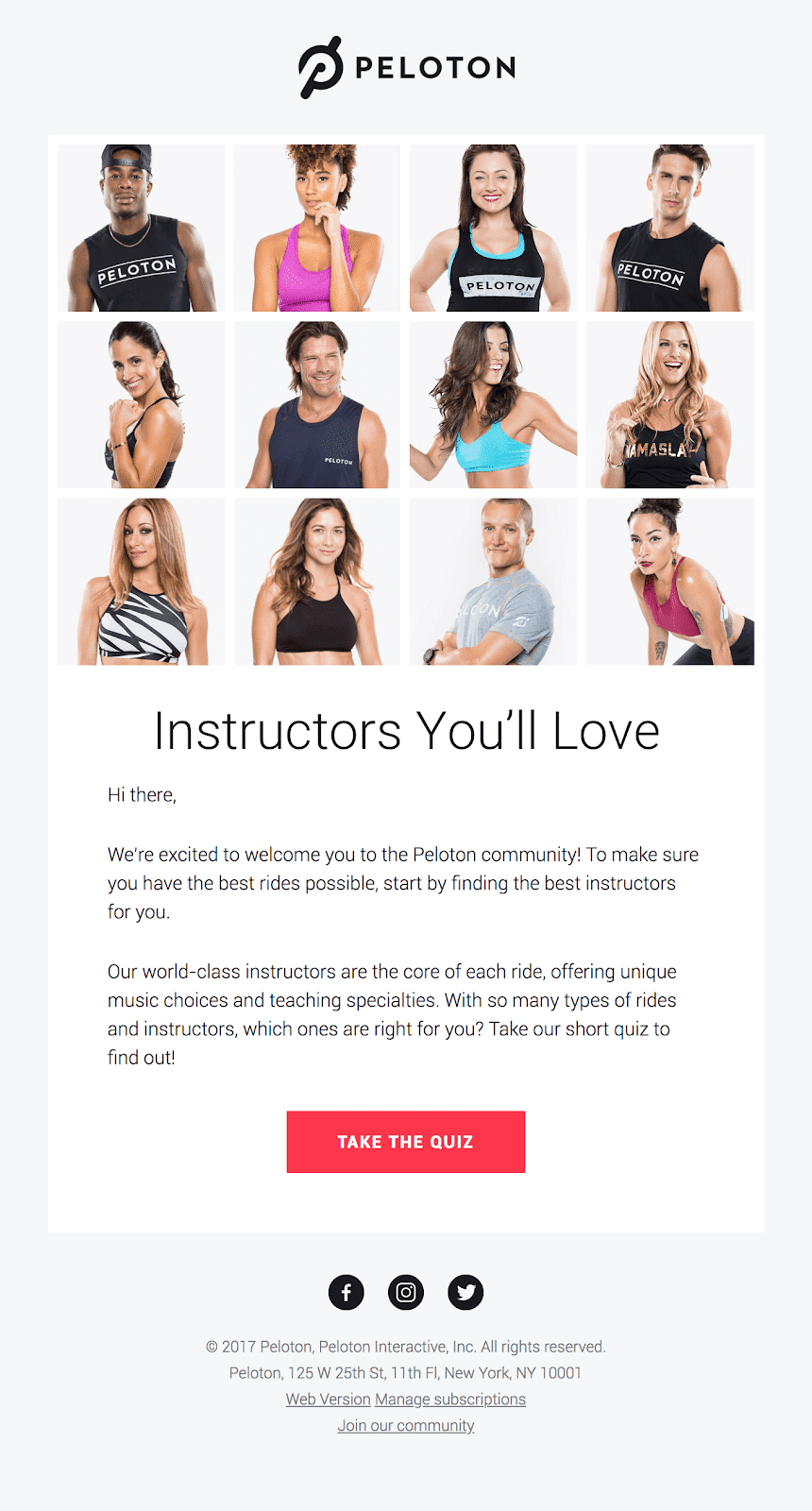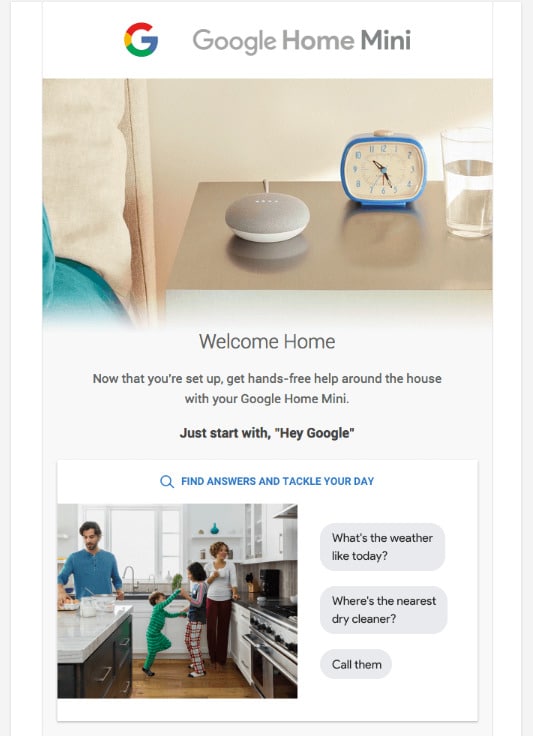5 elements of the perfect welcome email
We all know the importance of a good first impression, and a welcome email is your best opportunity to make one for your business.
After a subscriber signs up to receive your emails, you want to send them a message that introduces who you are and the value you'll add to their lives and inboxes. Not to mention how glad you are that they've signed up to receive your company's updates.
Let’s not forget that it’s kind of a big deal to have someone sign up for your email list, especially with studies coming in that say office workers receive upwards of 120 emails per day. These people already receive an inbox full of emails and, yet, they have chosen to receive even more by subscribing to your list.
In turn, you don’t want to take your subscribers for granted and assume they'll stick around, regardless of what you send them.
That welcome email is your opportunity to show that you will add value to their email inbox. Of course, the question becomes, how do you actually deliver an exceptional welcome email that will excite your subscribers and make them look forward to receiving more emails from you?
In this article, we will look at some of the most important elements to include in your future welcome emails to new subscribers. Use these methods to make your emails stand out among the rest and increase subscriber engagement.
What is a welcome email?
Depending on what kind of email list you are growing, a welcome email could come in many forms.
Some of these tips may be more relevant for certain businesses or niches. For example, an e-commerce store may send a welcome email when someone has made their first purchase. A thought leader for an industry, however, may send welcome emails when people opt-in to receive their regular content updates.
5 things every welcome email needs to do
In all cases, a welcome email is your first official email touchpoint with a new subscriber. This is your first impression and these tips will make sure your first impression is as strong as possible.
1. Offer easy-to-understand information for getting started.
A lot of welcome emails are sent after some type of purchase or initial interaction. This is great news because you know that you already have an engaged customer on the other end. You also know that they may have your product sitting in their home or, at the very least, it’s on its way.
This is your opportunity to share some great information that will enhance their customer experience and begin creating brand loyalty.
Not only is this information helpful, but it also shows that your emails add value rather than simply push products or sales. Subscribers will appreciate that you want to help them enjoy their purchase as much as possible.
The welcome email for Google Home Mini, shown below, is a great example of how to offer a quick start guide inside a welcome email.
Google uses the opportunity of a welcome email to help new users navigate their way around features, and it also provides an overview for those who want to get the most out of their device.
IMAGE: Really Good Emails
2. Introduce the team to your subscribers.
Just because you aren't having a face-to-face interaction with each customer doesn't mean you can't have a personal interaction and introduce the faces behind your brand. After all, the people that make up your business are one of the most important pieces of your business.
Introducing certain team members may be a great way to kick off your email subscriber relationship. This is especially true if your subscribers will be interacting with these employees regularly. This helps break the ice and gives your business a warm and approachable personality.
A great example of this is the Peloton welcome email that introduces a subscriber's trainers they'll be working out with.
On its way to becoming the year's biggest trend in fitness technology, Peloton—a fitness bike that comes equipped with live or prerecorded virtual classes, is also leading the way in personalized communication and approachable branding. They focus on the trainers who will be leading the classes, creating a connection with the people behind the brand from the get-go.
From their social media accounts to the welcome email that subscribers receive, Peloton wants users to feel personally connected to the people that will be representing their company on a daily basis. See how they do it in email form:

MOST RECENT ARTICLES
Want to engage your audience and grow your brand? Try Emma's robust easy-to-use product today.














